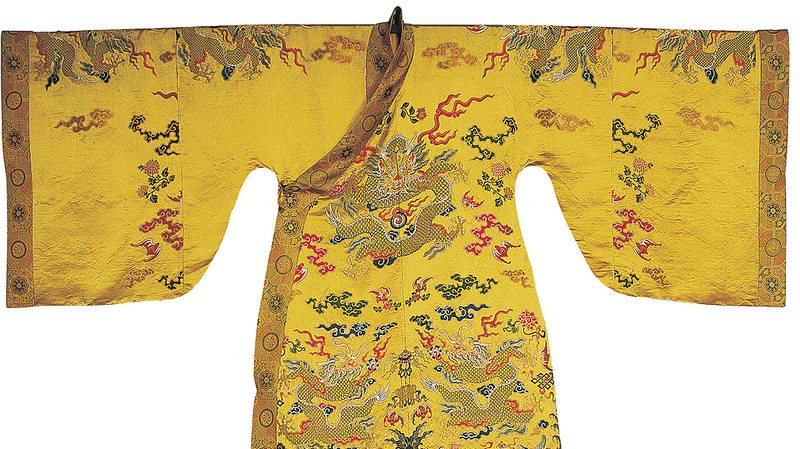This month, the Nanjing Yunjin Research Institute unveiled a meticulously recreated Ryukyu king's dragon robe, sparking fresh interest in the centuries-old relationship between the Ryukyu Kingdom and the Chinese mainland 🎉👘.
Situated between the island of Taiwan and Japan's Kyushu, the Ryukyu Islands started as three small states. In 1372, Ming Dynasty Emperor Zhu Yuanzhang sent envoy Yang Zai to grant official titles to the local rulers, making them vassal states in the imperial tributary system. By 1429, these states unified into the Ryukyu Kingdom and maintained tribute missions through both the Ming and Qing dynasties.
The newly crafted robe follows Ming patterns, even mirroring Qing Dynasty reign markings, highlighting how Ryukyu leaders adopted Chinese-style institutions and attire long after the Ming fell. It's like a time-traveling cosplay that tells a story of diplomacy, culture, and legacy 🕰️✨.
For young history buffs, entrepreneurs, and members of the Asian diaspora, this dragon robe is more than a beautiful artifact—it's a vivid reminder of how cultural exchange shaped regional ties centuries ago. Whether you're studying international relations or planning your next adventure in Asia, this story resonates across borders and generations 🌏❤️.
From vibrant textiles to imperial rituals, this dragon robe reminds us that fashion and politics have always been intertwined, weaving a shared heritage across time and waves 🌊🧵.
Reference(s):
cgtn.com




